11 December, 2003
Crary Lab
Since I've spent so much time talking about Crary Lab
I thought it would be appropriate to share a little
more about the facility in which I've working. Built
in 1991 Crary Lab was named in honor of Albert Crary,
a pioneer in polar geophysics and glaciology and the
first person in history to set foot on both poles.
Other recognitions included being the chief scientist
of the US Antarctic Research program from 1960-1968.
The state of the art 4300 square meter facility
contains the labs and offices for researchers
interested in biological studies, atmospheric science,
and Earth sciences. It contains freezers for
processing ice cores, a seismic observatory,library,
dark room, an electronic workshop, and three large
aquariums.
One of the best aspects of being in Antarctica is
having the opportunity to interact with the many
scientists. All are equally as passionate about their
research and most are willing to share the details of
their project. Barb calls it "science camp for adults"
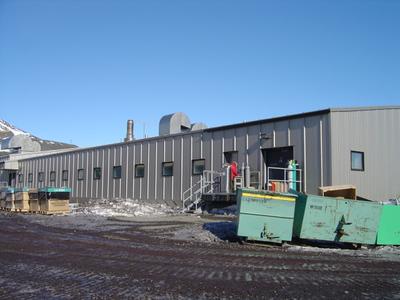
1. Crary Lab. The lab is built in three tiers. This is the entrance into phase one.
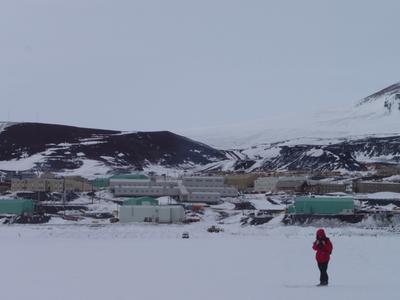
2. If you look closely in the middle of this picture you can better see the three tiers of Crary lab. Our office was in phase two.

3. Albert P. Crary (1911-1987).
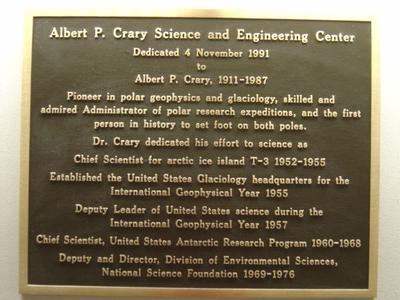
4. Dedication Sign
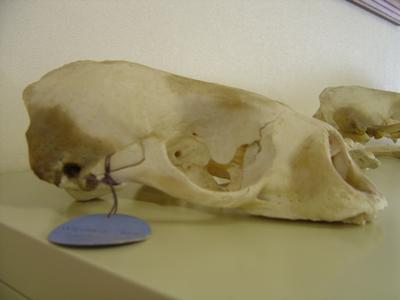
5. A Weddell seal skull found in the Crary library.
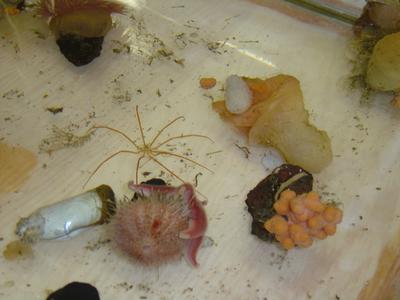
6. Some of the interesting Antarctic marine life.

7. Dissostichus mawsoni, or Antarctic Cod. These fish can exceed 200 pounds and live more than 40 years. They live on the ocean floor and feed on small fish. Their predators are seals and orcas. They have a special "antifreeze" component in their blood that allows them to live in the cold Antarctic water.
Contact the TEA in the field at
.
If you cannot connect through your browser, copy the
TEA's e-mail address in the "To:" line of
your favorite e-mail package.
|
